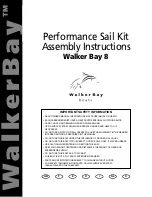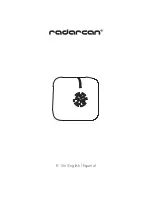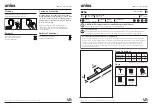
7.3. Dry cleaning
Dry cleaning includes a thorough vacuuming of the components. A vacuum cleaner equipped with a suitable
filter for product and material residues must be used.
Never wipe product dust off dry, and never use compressed air for dry cleaning, as product dust will not be
removed via these methods; and the product dust will simply be distributed around the area.
7.3.1 Cleaning frequency
Daily
Monthly
Yearly
In general
Visual inspection of glass and
bulbs. If possible, check
through a window, that the
operation is normal
Control measurement of
UVC effect, depending
on number of hours and
use in general
Quartz
glass
Inspection for dirt and dust. If
there are coatings on the glass,
vacuum and wipe off the
coating
Inspection for damage.
Action in case of
damage; change glass
Flanges
Inspection for dirt and dust.
If there are coatings on the
glass, vacuum and wipe off the
coating
Inspect for damage from
UVC light.
Action in case of damage;
change flanges
The cleaning frequency depends on the production facilities. The cleaning intervals may therefore vary from
the above.
It is also recommended to minimize the general amount of dust around UVC systems, as this can result in
coating on quartz glass and thereby impair UVC function and shorten the life of the lamps.
Vacuuming can be supplemented with wiping with a soft cloth and detergent. Here the local legal regulations
in the area must be complied with.
Abrasives must not be used.
7.3.2 Detergents
Always observe the legal regulations when choosing detergent. Follow the warnings and safety descriptions
on the individual containers and safety data sheets.
Information on suitable cleaning agents can be found in the following table:
Material
Suitable cleaning agent
Important instructions
Teflon (glass coating) if supplied Isopropanol or other non-
abrasive cleaner for metal and
glass
Use a soft cloth
Stainless steel
Isopropanol or other non-
abrasive cleaner for metal and
glass
Use a soft cloth
Glass
lsopropanol
Use a soft cloth
7.4. Cleaning procedure and inspection
The cleaning procedure must ensure efficient daily operation.
1. Clean gloves must be worn.
2. Cleaning is performed at least once a month, or according to requirements.
3. UV-equipment is cooled down and ready for cleaning.
































